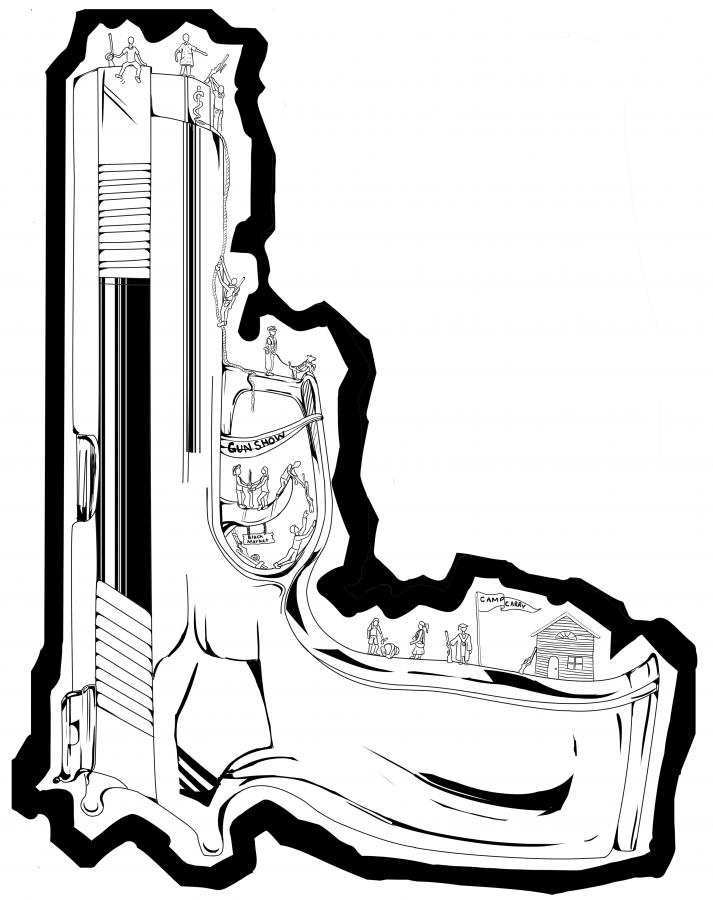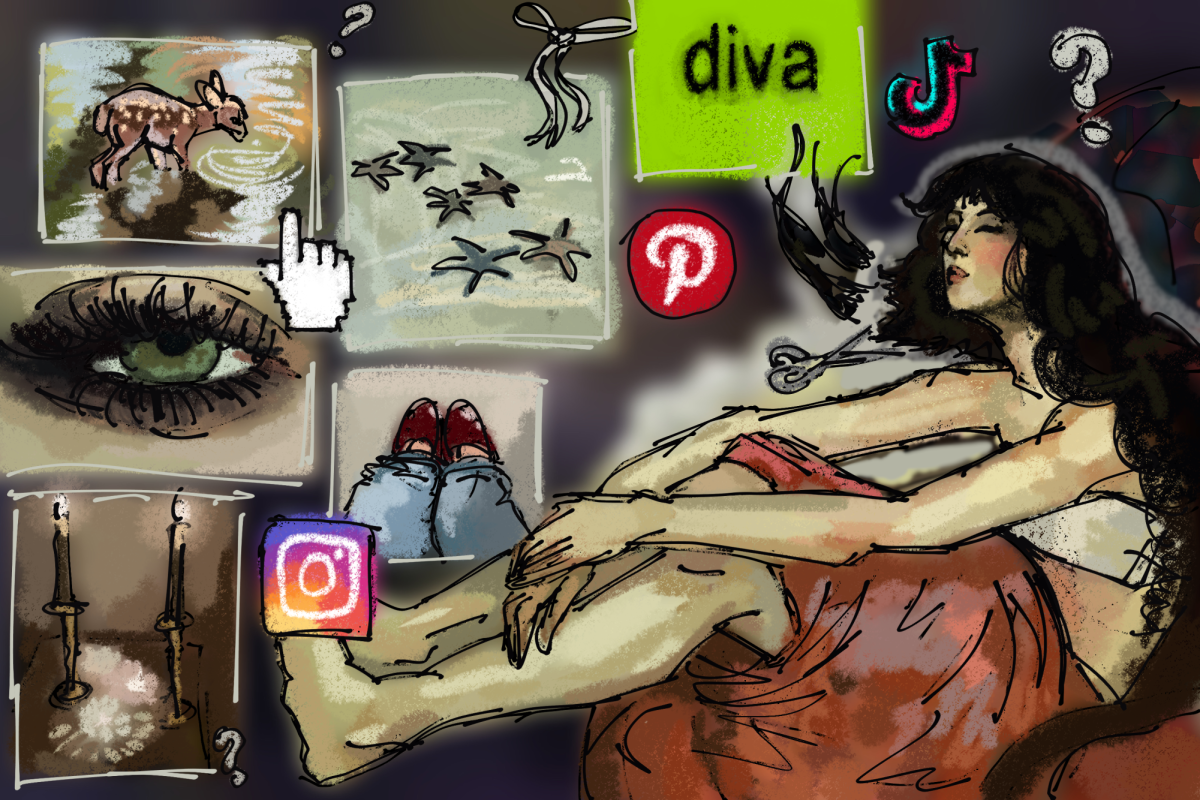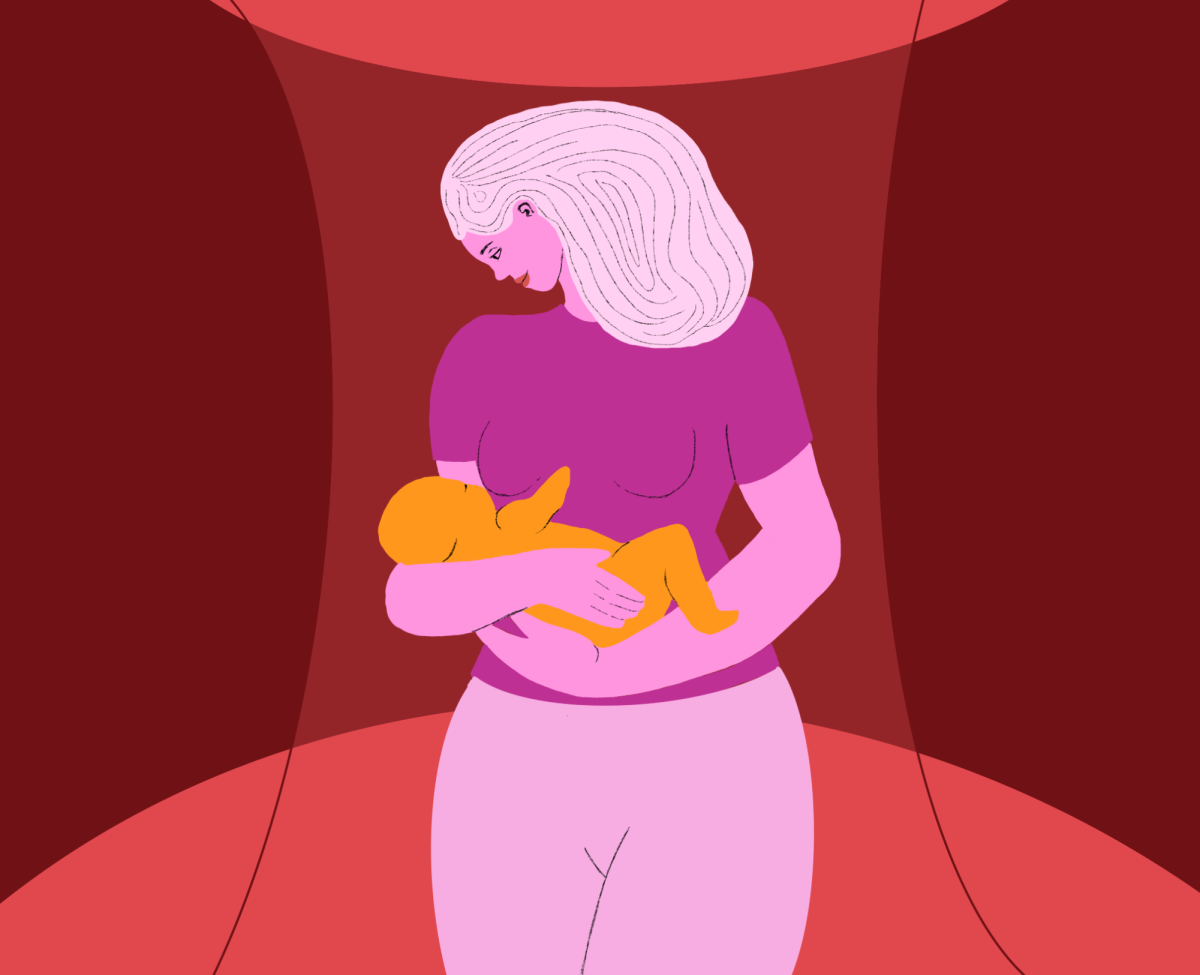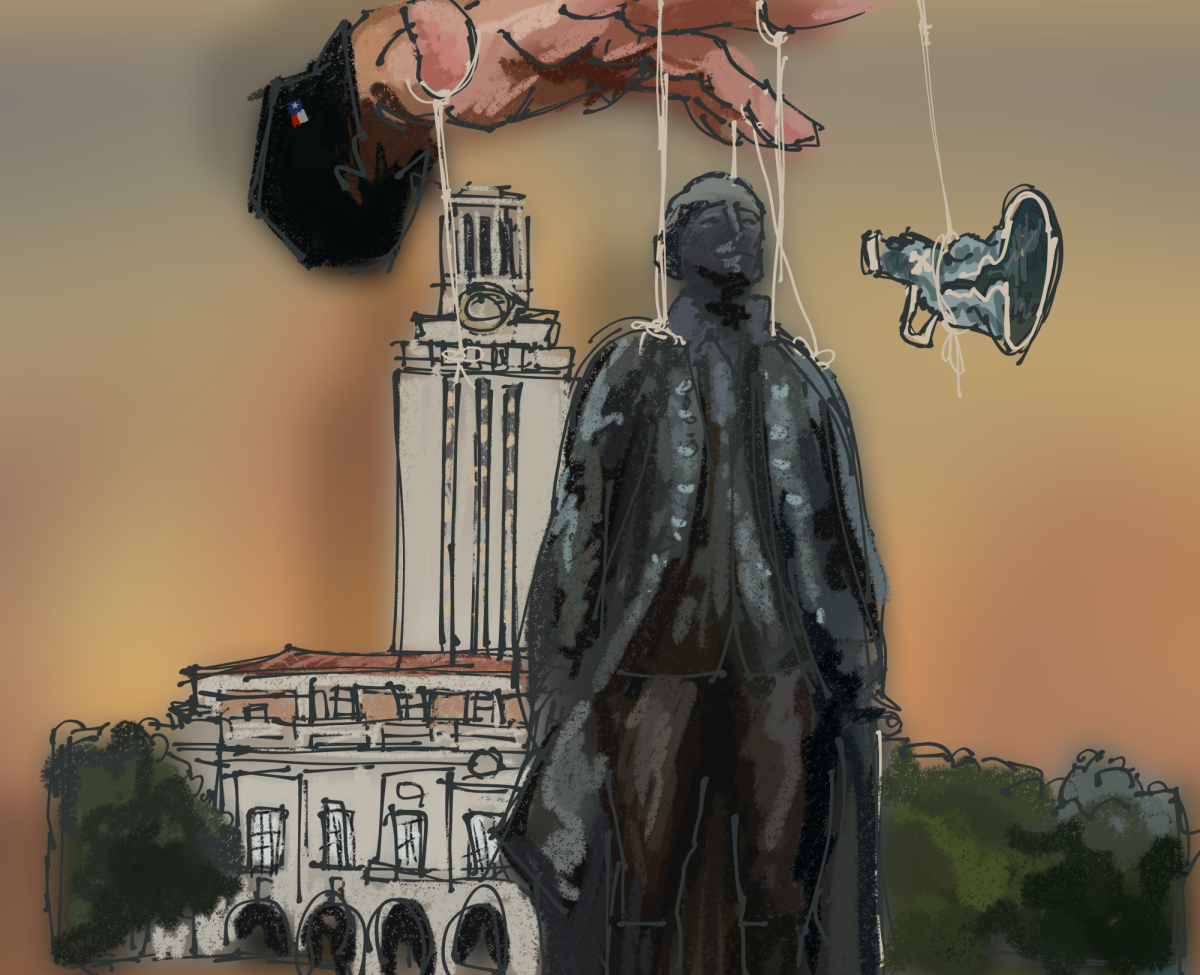Although 2018 has hardly begun, America has yet again been plagued by more than 5,000 incidents of gun violence.
Last year featured criticisms that news outlets are biased in describing perpetrators. These must be resolved this year before the number of occurrences escalates and with it, the fear and prejudice borne out of careless language.
Perpetrators of gun violence are diverse in their motives and backgrounds. But you wouldn’t know it from the way the media describes them. The frequency with which people of immigrant backgrounds are labeled as terrorists, and white shooters are portrayed as victims of mental health disorders or extenuating circumstances, is skewed.
There are problems with both these trends. Not only does this perpetrate a violent stigma towards mental health patients, most of whom are not a threat, it also propagates prejudice. There exists a tendency to project the labels of the shooter onto the ethno-cultural group to whom he belongs.
Fundamental attribution error is our tendency to over-emphasize internal characteristics and disregard external or situational factors when describing someone’s behavior. For example, if you are late you may blame traffic — an external factor — when it was actually a product of your own bad planning — an internal factor. But when a friend is late you may assume it is because it is in her nature to be late without considering her circumstances.
Applying this concept to the way we talk about gun violence explains the disparity in labels. When people dissimilar to ourselves commit a crime, they are described as bad people, but when those like us commit a crime, they are described as a victim of circumstance.
This phenomenon, when extrapolated across groups of people, furthers existing prejudices and promotes discriminatory behavior. This is further reinforced by repetition of mislabeling coupled with the prevalence of gun violence. Even the illusion that different perpetrators are described differently in the media when committing the same crime must be put to rest.
A University of Missouri study attempted to quantify this bias by examining 170 stories of shootings for the frequencies of four adjectives — hero, terrorist, thug and mentally-ill — depending on race. It found that shooters of black and Hispanic origin are labeled as thugs more frequently and white public shooters are given leniency by attributing their actions to mental illness. Chemists use International Union of Pure Applied Chemistry naming when they discover a new organic compound. Journalists should have a universally agreed upon description method for gun violence criminals.
This nomenclature methodology would have three requirements. First, since investigations change as new information is uncovered, it must be adaptive and comprehensive. Second, each descriptor must correspond to an empirical, verified fact about the perpetrator — not a speculation. Thus, a shooter may be described as foreign or domestic as this is empirical. However he may not be described as a “good kid,” since you cannot empirically prove this about an individual. Finally, it must derive from the perpetrator’s motive and nothing else to avoid stereotyping and speculation.
The media has a powerful role in promoting or mitigating prejudice. Creating and adopting a standardized approach to talk about shooters in an indiscriminate manner would serve to stop humanizing such criminals, reduce the stigma around mental health patients, remove the focus and confusion directly following an incident and shift the focus back to the plight of the victims.
Batlanki is a Neuroscience sophomore from Flower Mound. Follow him on Twitter @RohanBatlanki.





















